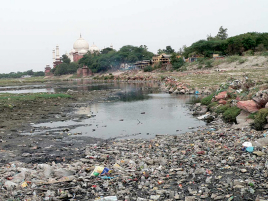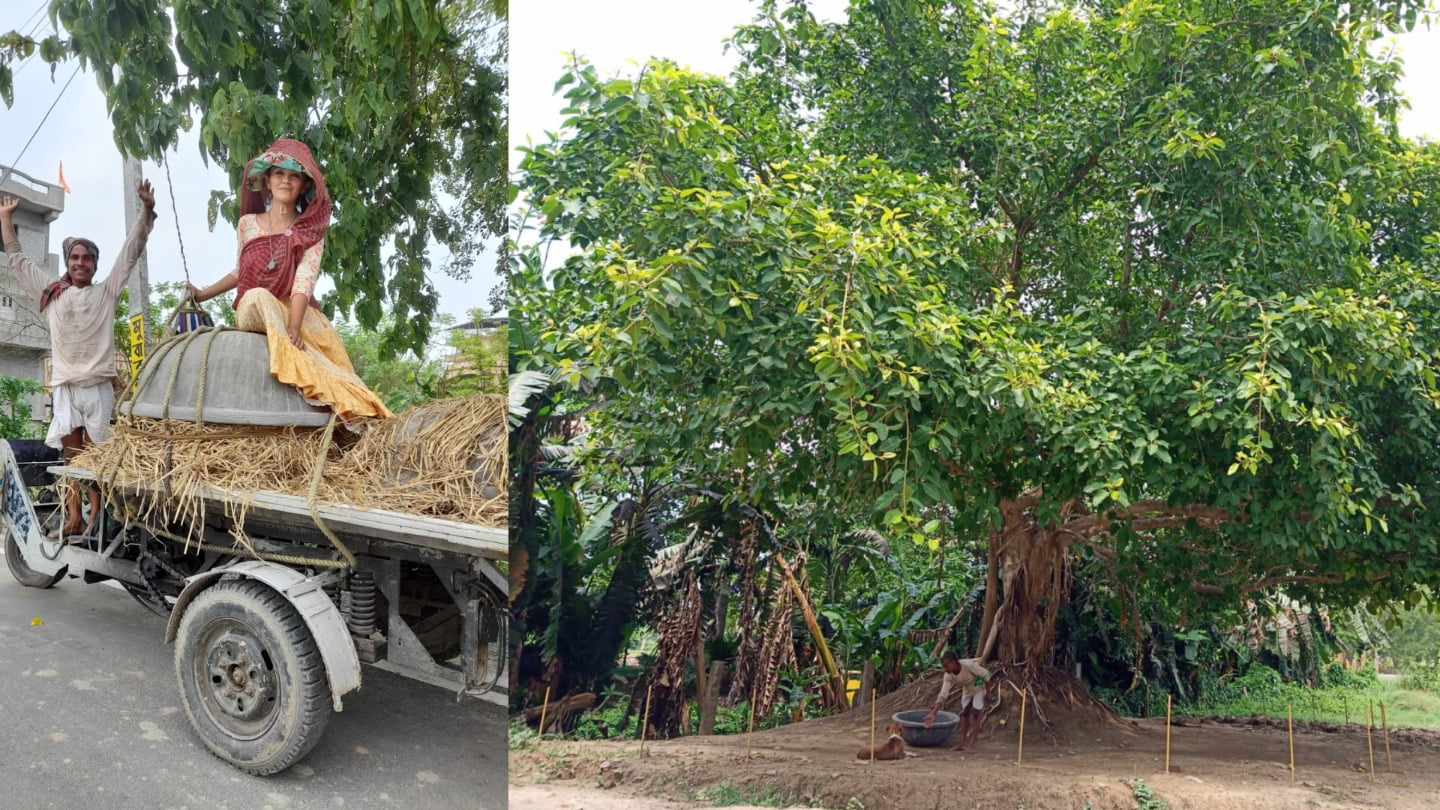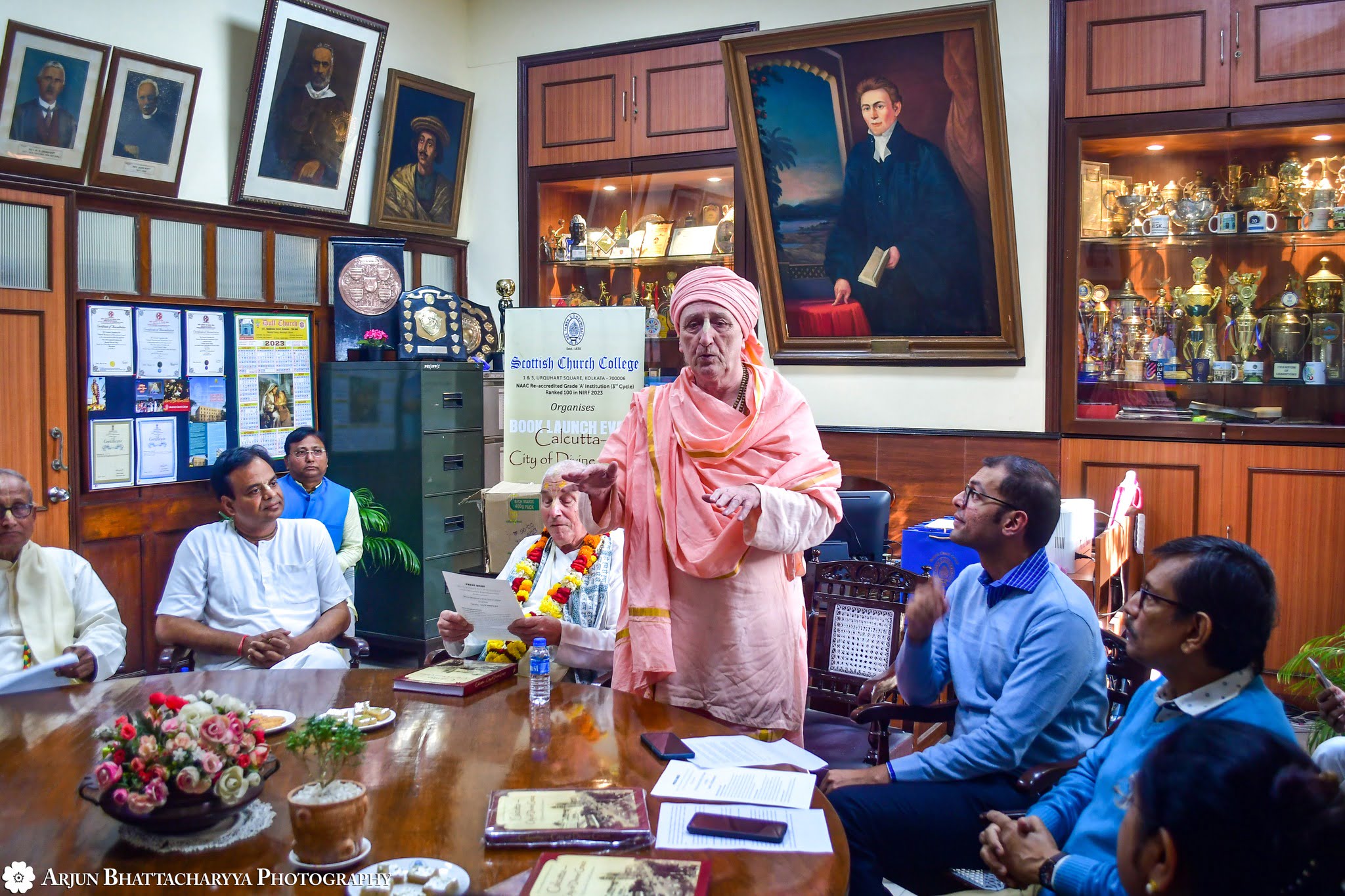The Yamuna River: India’s Dying Goddess
By Yale School of Forestry & Environmental Studies | Oct 22, 2011

Early this year, at the point in northern India where the Yamuna River empties into the Ganges, several hundred people set out on a six-week protest march. They were aiming to gather strength in numbers en route to New Delhi, the national capital, halfway up the Yamuna River. The river itself was the subject of their protest, and the popular chant was “Yamuna Bachao, Pollution Bhagao!”—meaning “Save the Yamuna, Stop the Pollution!”
They had ample cause for complaint. The Yamuna River starts out clear as rainwater from a lake and hot spring at the foot of a glacier, 19,200 feet up in the Himalayas. But for much of its 853-mile length, it is now one of the world’s most defiled rivers. Agricultural demand repeatedly depletes the river’s flow. Rapid modernization of the Indian economy since the 1980s has added thousands of manufacturing plants to the Yamuna’s watershed, with little thought given to how much water they take out or how much pollution they add back. And urbanization has roughly quintupled the population of New Delhi, from about 3.5 million people 30 years ago to more than 18 million today.
In some places, the Yamuna is now so heavily exploited that broad swaths of riverbed lie naked and exposed to the sun for much of the year. In other places, the river is a sudsy, listless morass of human, industrial and agricultural wastes, literally an open sewer. Given that 60 million people depend on the river for bathing and drinking water, a protest might seem inevitable.
The surprising thing, at least to untutored Western eyes, was that the leaders of the Yamuna march were not primarily political activists. They were sadhus, or holy men, devotees of the central Hindu hero and deity Krishna. They briefly shut down their temples along the river as part of the protest, and they added a colorful strand of religious belief to the familiar environmental language of oxygen content, turbidity and toxicity. When Mathura, one of the towns along the route, moved to end the blight of plastic shopping bags along the river banks, The Times of India headlined the news: “Lord Krishna’s birthplace now polythene-free.”
For Hindus, the Yamuna is not just a natural resource, but also one of the holiest rivers in India. She is a goddess, a giver of life and the chief lover of Krishna. So the protesters were motivated as much by faith as by environmental outrage. In the past they would have relied exclusively on prayers, incense and offerings of fresh flowers to practice seva, the Hindu ritual of loving service to the deity. But of necessity seva has lately also come to mean environmental action, working to restore life to a river now widely regarded as dead.
That same disorienting blend of science and religion also showed up at a January conference on the banks of the Yamuna. A collaborative effort between TERI University in New Delhi and the Forum on Religion and Ecology at Yale, the conference brought ecologists, microbiologists, chemists and hydrologists together with spiritual leaders and local nongovernmental organizations (NGOs). The stated purpose, according to organizers Mary Evelyn Tucker and John Grim, co-directors of the Forum on Religion and Ecology at Yale, was to foster understanding across disciplines and to bridge the gap between studies focused exclusively on scientific issues and the broader world of societal, ethical and religious concerns. But for the Americans who attended, the surprise was how comparatively narrow that gap is, at least on the Indian side.
Read more: http://environment.yale.edu/magazine/spring2011/the-yamuna-river-indias-dying-goddess/














